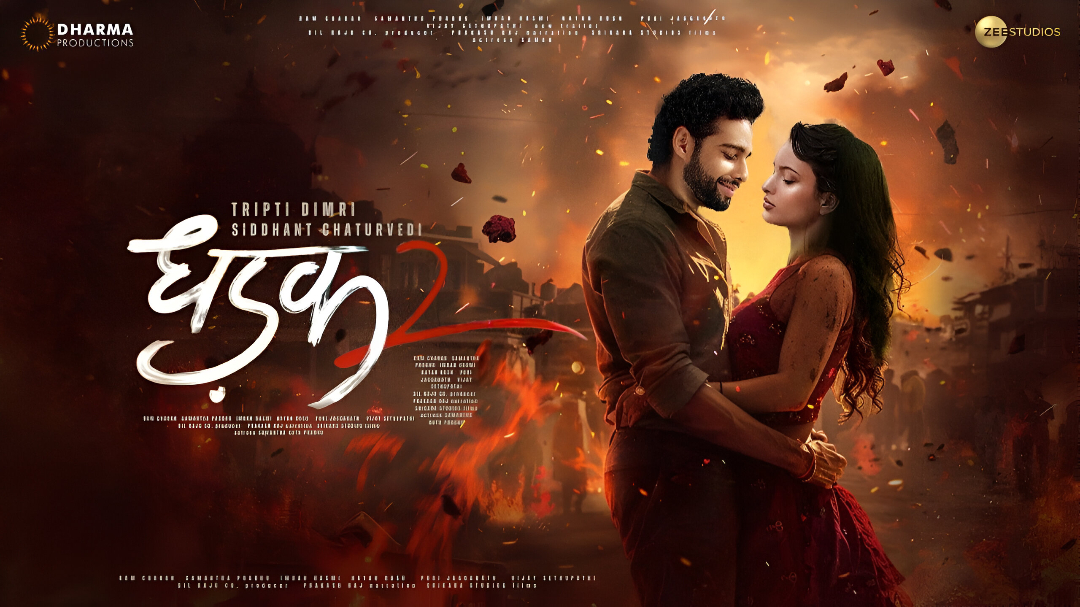For generations, Indian film has depicted love, drama, and rebellion but commonly from a caste-neutral or upper-caste perspective. The mainstream hero has customarily carried surnames such as Malhotra, Sharma, Chopra, Singh, or Verma—delicate references to upper-caste backgrounds. But gradually, with increasing numbers of filmmakers and writers from the margins gaining ground, the tale is changing. The platform is finally being given to characters who do not merely don their Dalit identity; they inhabit it, challenge it, and struggle through it.
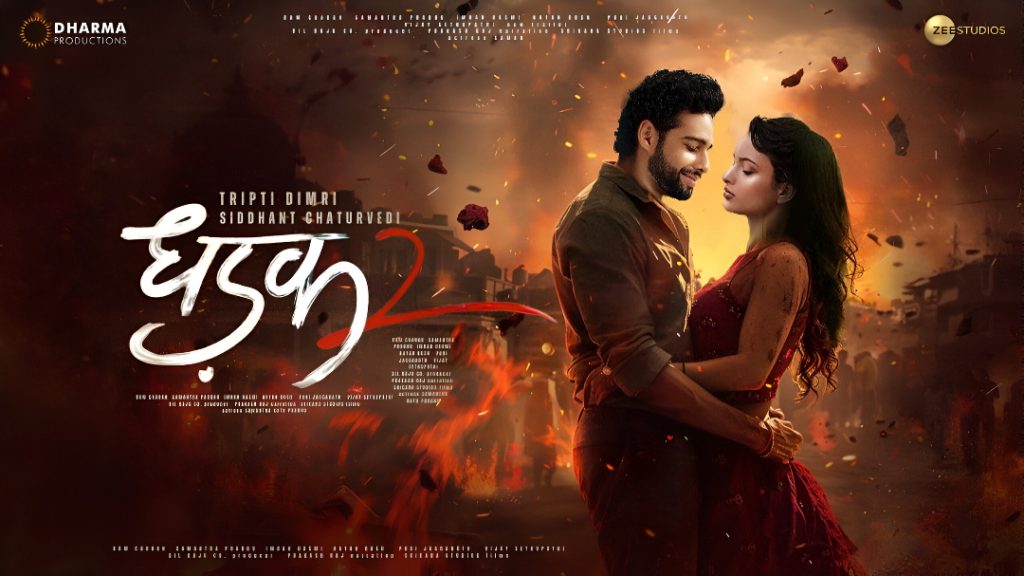
With Dhadak 2, Dharma Productions, which had been accused of diluting caste themes in Dhadak (2018), is coming back with a stronger stand. The trailer introduces us to Neelesh (played by Siddhant Chaturvedi), a young Dalit man whose love story and revolt occur against the background of discrimination on the grounds of caste. Although Neelesh’s last name is not announced, visual indicators tell it all: blue paint splattered on his body and a blue scarf tied around his neck referencing the Ambedkarite struggle. His identity might not be yelled, but it is undoubtedly and deliberately integrated into the narrative.
Directed by Shazia Iqbal, Dhadak 2 is the official Hindi adaptation of Pariyerum Perumal, the acclaimed Tamil film that openly explored caste violence. In this Hindi version, Triptii Dimri plays Vidhi, an upper-caste girl who falls in love with Neelesh and eventually stands beside him in his fight for justice. The love story becomes a lens to examine caste hierarchy, resistance, and dignity.
Before Dhadak 2 releases on August 1, it’s worth looking back at other Indian films that placed Dalit identity at the heart of their narrative, subtle or loud, painful or proud.
Newton (2017)
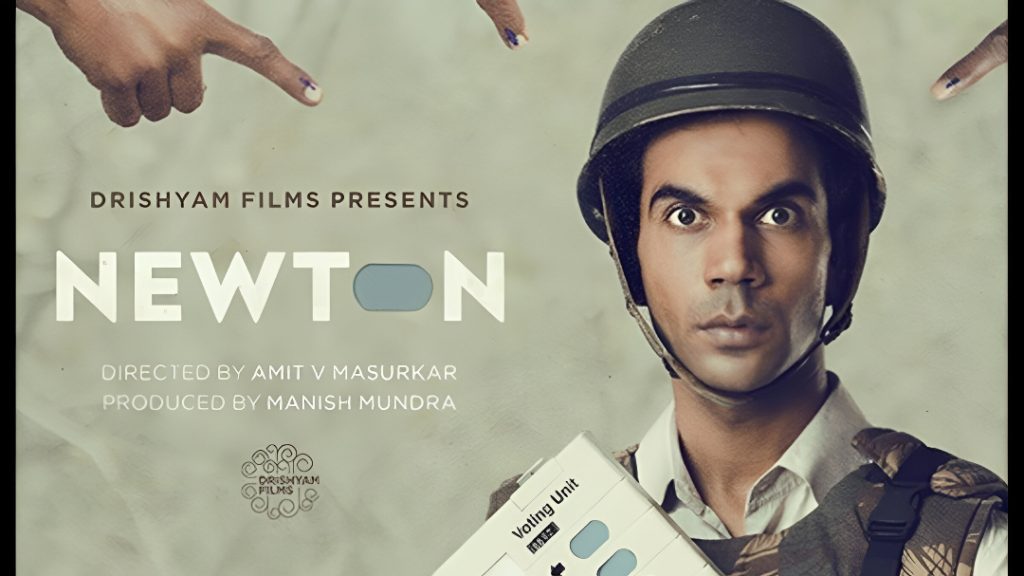
Amit V. Masurkar’s Newton features Rajkummar Rao as Newton Kumar, a government clerk assigned to oversee elections in conflict-ridden Chhattisgarh. Though his caste is never overtly mentioned, a portrait of Dr. B.R. Ambedkar in his home gives a quiet yet firm nod to his Dalit identity. Newton’s character, marked by idealism and unwavering integrity, challenges systemic apathy and upholds democratic values regardless of consequences. In doing so, his identity becomes more than a label; it reflects in his choices, values, and courage.
Masaan (2015)
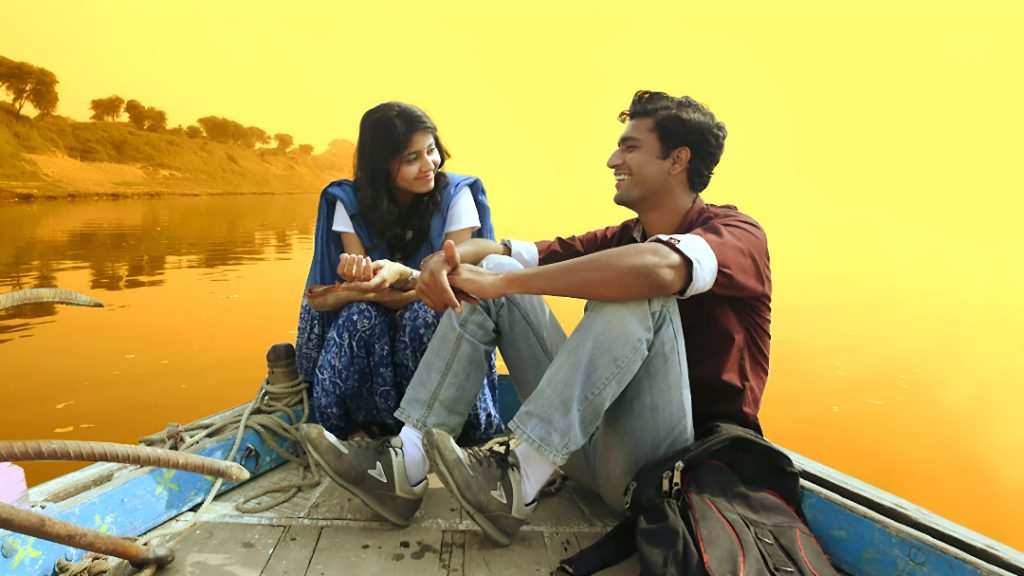
Neeraj Ghaywan’s stunning debut, Masaan, delicately handles caste through the journey of Deepak Kumar (Vicky Kaushal), a Dom boy whose family cremates the dead on the ghats of Varanasi. Deepak dreams of becoming an engineer, moving beyond societal shackles. His relationship with Shalu (Shweta Tripathi), a girl from an upper caste, unfolds with tenderness and hope—until fate takes a tragic turn. Ghaywan, a filmmaker from a Dalit background, brought authenticity and deep empathy to the film by drawing from his own lived experiences.
Masaan went on to win accolades globally, including two prestigious awards at Cannes.
Kaala (2018)
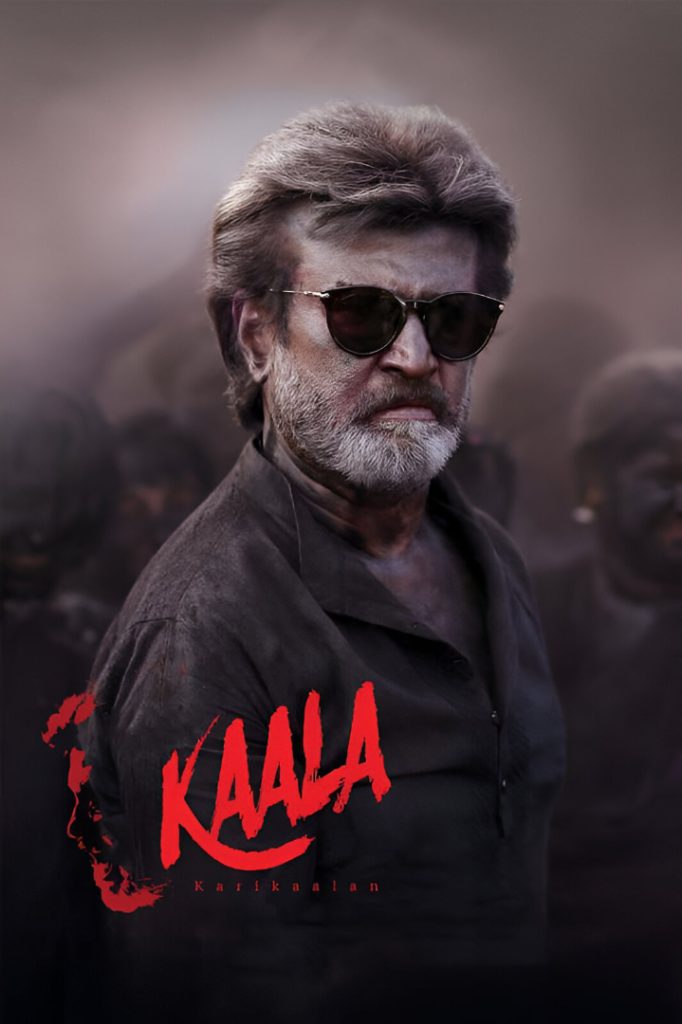
In Kaala, director Pa Ranjith uses color as protest. Rajinikanth portrays Karikalan, a leader from a marginalized Tamil community in Dharavi who stands up against a corrupt minister (played by Nana Patekar) attempting to seize their land. Kaala is always dressed in black, reclaiming the color traditionally linked with evil. His antagonist wears white, a stark reversal of visual morality. When Kaala isn’t in black, he dons blue, a clear nod to Ambedkar and Dalit pride. The film boldly tackles issues of power, land, and identity, with Pa Ranjith emerging as a fearless cinematic voice from the margins.
Sairat (2016)
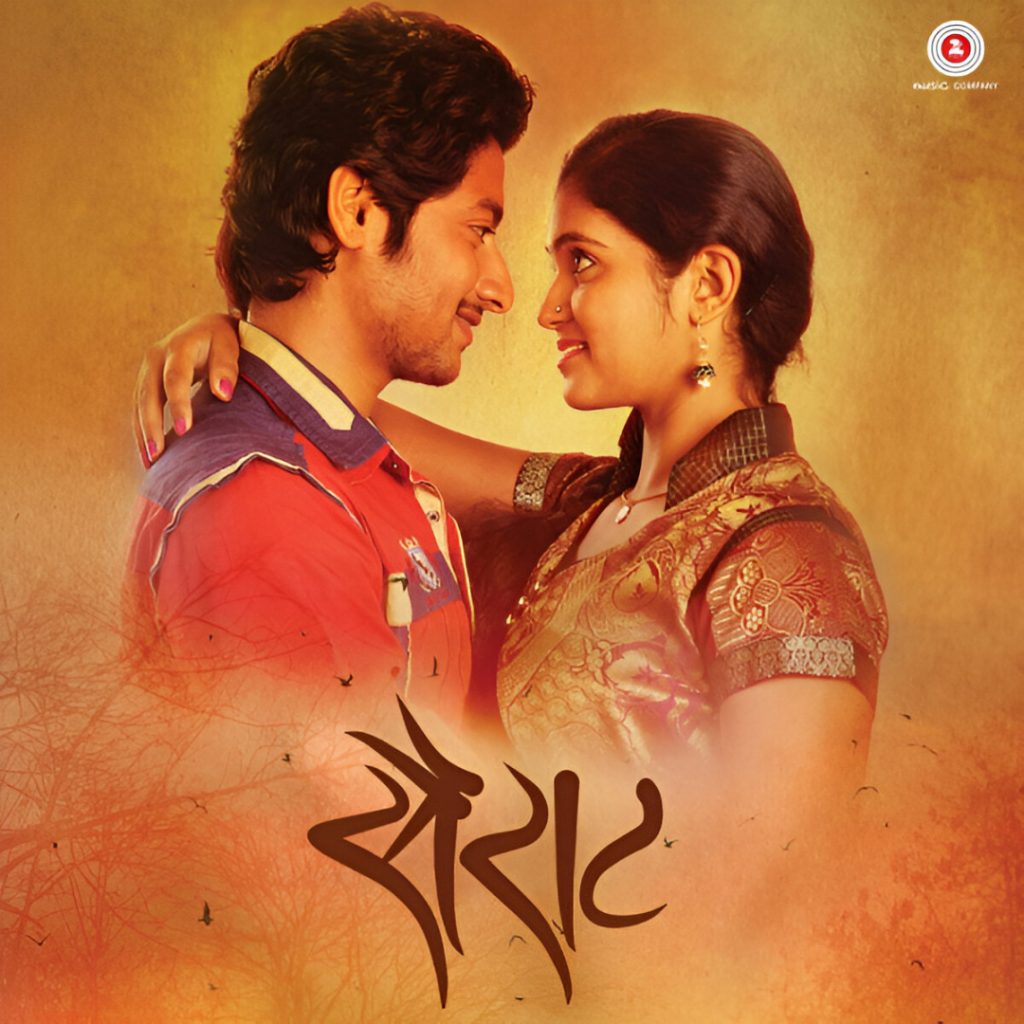
Nagraj Manjule’s Sairat is perhaps the most powerful film on caste-based love in Indian cinema. Set in rural Maharashtra, it tells the story of Parshya, a Dalit boy, and Archie, a girl from a dominant caste. What begins as a sweet romance quickly spirals into a grim reality of caste hatred and honor-based violence. Sairat not only shattered Marathi box office records but also resonated deeply with audiences for its raw, unfiltered storytelling. In contrast, its Hindi remake, Dhadak, steered the narrative toward class disparity, toning down the original’s caste critique, a decision that faced strong backlash.
Resisting Censorship: The Phule Controversy
Earlier this year, the film Phule, which portrays the lives of social reformers Jyotirao and Savitribai Phule, encountered backlash from the Brahmin community over its depiction of caste-related content and terminology. Consequently, the CBFC requested certain changes, which led to a postponement of the film’s release.
Dhadak 2 also faced hurdles from the Censor Board but has now been cleared for release, marking a small win for representation and artistic freedom.
The Power of Storytelling
Filmmakers like Pa Ranjith and Nagraj Manjule have consistently highlighted the need for authentic stories from marginalized communities. “I want to break all the rules… Cinema is a very political medium. I’m a politician,” Ranjith once declared. His words echo a growing movement within Indian cinema, one that refuses to shy away from uncomfortable truths.
Dhadak 2, with its mainstream appeal and strong social foundation, represents a rare intersection of commercial and political storytelling. With stars like Siddhant Chaturvedi and Triptii Dimri and a production house like Dharma backing it, the film could pave the way for a more honest and inclusive cinematic landscape.
As caste continues to be an everyday reality in India, it’s high time our films reflect it not as a plot twist, but as lived truth. Stories like Neelesh’s matter. Because representation, after all, isn’t just about who gets to speak; it’s about who gets heard.

